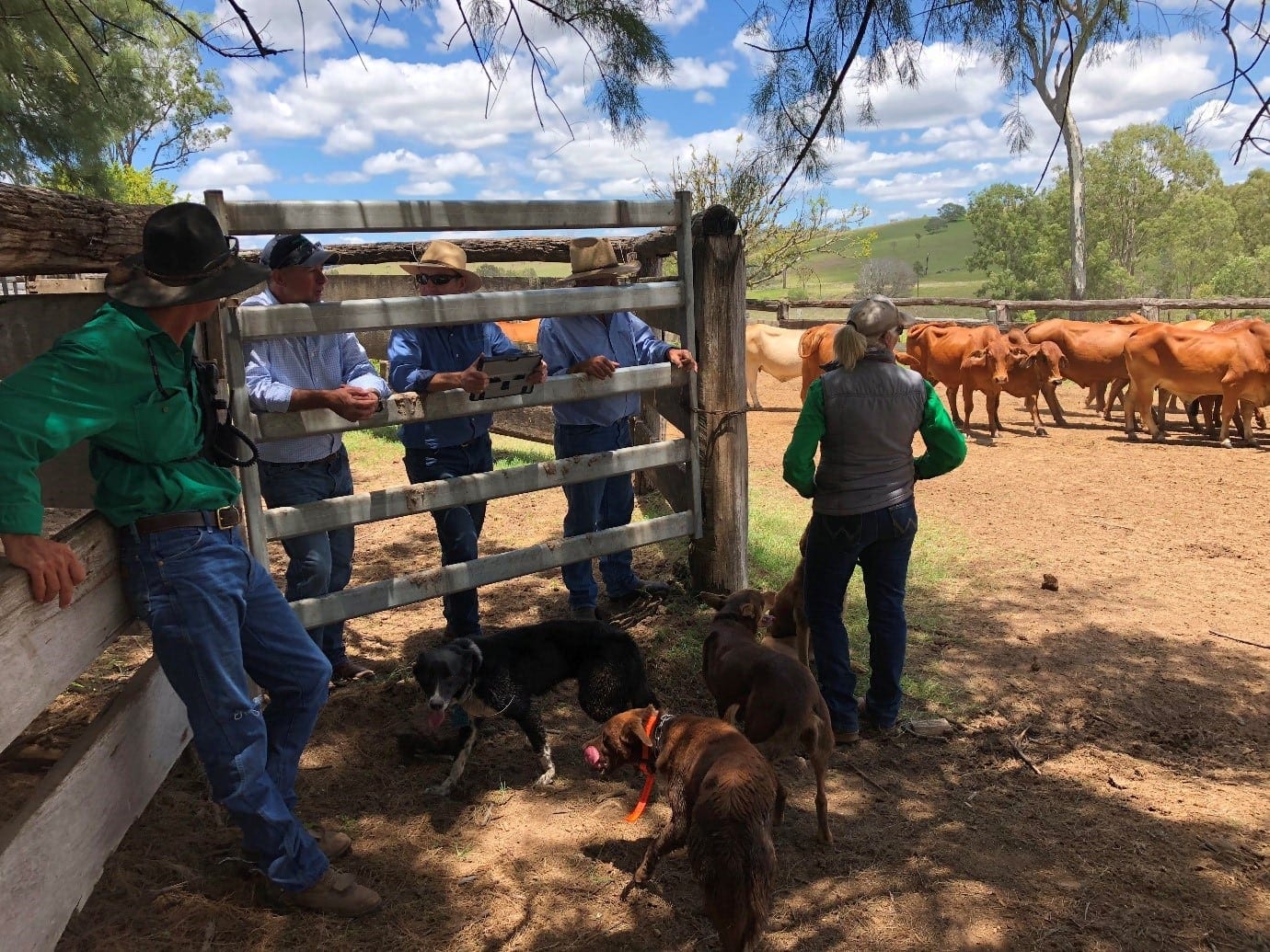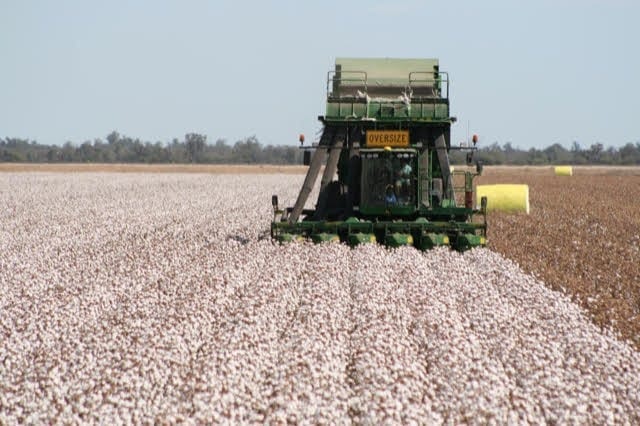
11 Aug THE FINANCIAL FARMER
We all know too well the perils of drought. It reminds us every day the sun rises on the baked earth. It is easier said than done that drought is a part of the farming model, and the efficiency of each farmer’s drought policy will determine the level of conservation or collateral damage any drought will have on the bottom line.
The bottom line. That is where droughts finally make their mark. It is also where banks and lenders look to determine the financial vigour or resilience of the business during these tough times. A credit risk assessment does a deep dive on these very dynamics. So, prudency is a necessity on more than one front.
A run of good years can lead to optimism and an inherent drive for expansion. What level of investment into drought infrastructure is made during these times can be a trade off against buying more land, plant & equipment and more livestock. Only then to see the seasons swing again.
But this time is different. The banks have been through a gruelling royal commission and the line in the sand has been drawn where the new standard of lending allows for little tolerance to policy exceptions. The new world order of lending is still rippling down through the ranks and corridors of the banks and it is catching the most heeded off guard. For most, this changing dynamic has yet to be felt and observed. But it is as real as the day shines true.

Unfortunately for the unaware, the last to bare witness to the change is the borrower. And often it is at the most inconvenient time.
There is good news though. For banks to reward their shareholders, they still need to lend. The new front lines will be a battle between the banks to win the most astute, prudent and rewarding borrowers. But how are these borrowers measured? And who are they?
The status of borrowing elitism permeates beyond being the best operational farmers. They are the best in business governance and unwittingly they could be your next-door neighbour. Farming is not farming anymore, farming is a business. And how their business constructs and presents their position of governance to the lenders, is an indicator of what they can attain.
We have achieved all up rates between 3.45% – 3.80% for top family farm gate operators that tackle farming as a business with full accountability in all aspects of their business.
Let’s take the top end of the range for example and do the numbers. Being tax effective, we’ll subtract 30c/$ for the profitable farmers. That leaves the effective rate at 2.66%. Now let’s subtract the annual rate of inflation of 2.1%. This leaves us with the real cost of capital of only 0.56% p.a. Is that enough incentive to strive for continual business improvement?
This means you do not have to rely on government for interest rate subsidies, you can achieve them yourself. Year in year out.

To insert financial vigour (and urgency) into any business, it is essential to have a look under the bonnet of what is really going on within the mechanics of farm finance. Doing so assists in creating financial lubrication, liquidity, optionality and wealth. To close the eyes and turn the radio up could mean blowing the capital radiator (or worse).
The banking landscape HAS changed, and the prevailing economic force is far greater than any individual business can stand for and resist. The act of denial is not a defence and it is not a discretionary option anymore. To reluctantly react to a banks demand for this implies resistance and reluctance. It is essential to learn their language, revisit your business model and re-calibrate the risk adjusted rewards to the reliance and dependence of bank finance.



Sorry, the comment form is closed at this time.